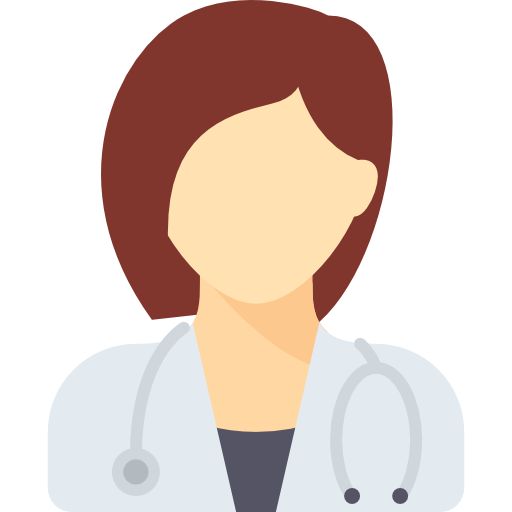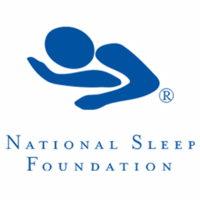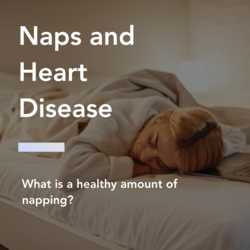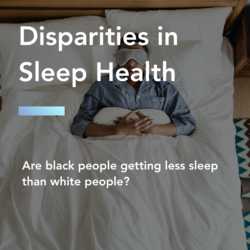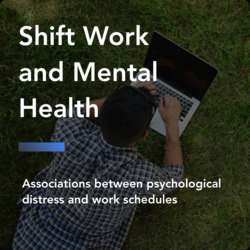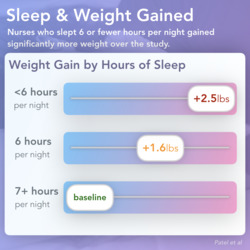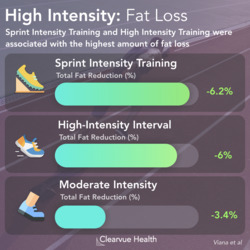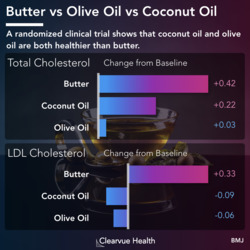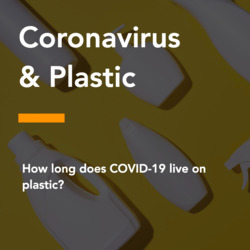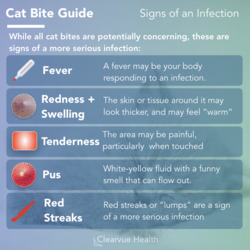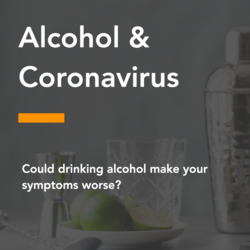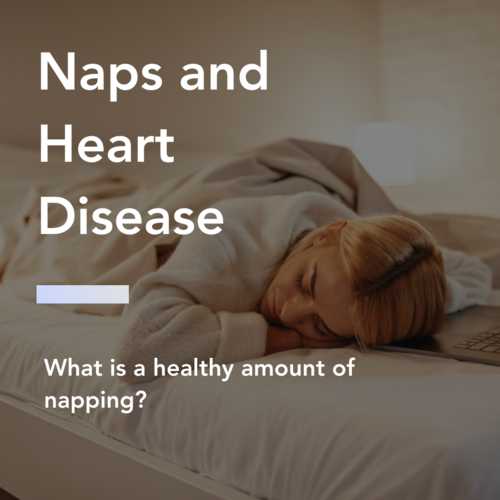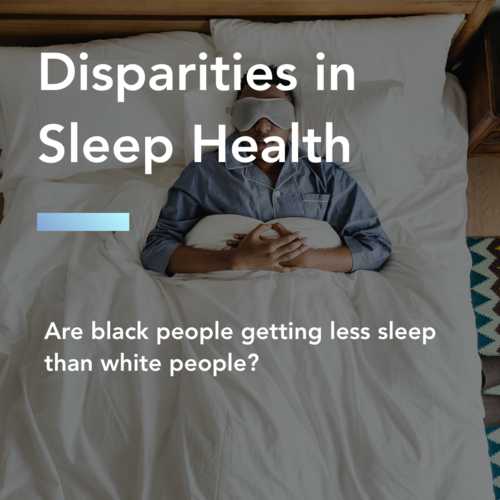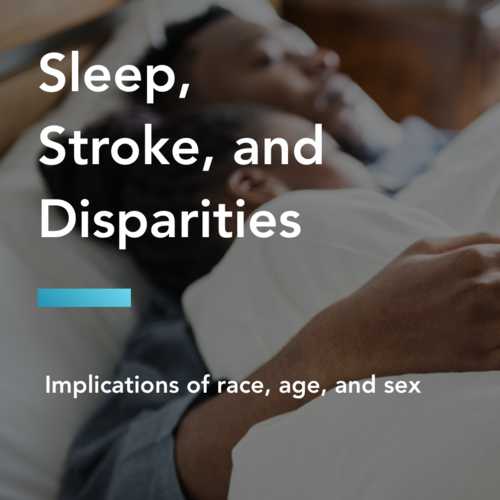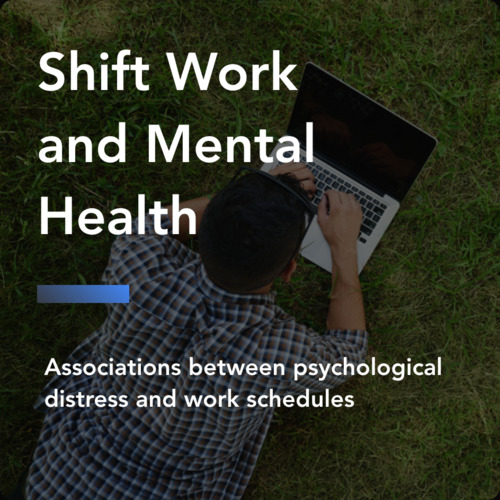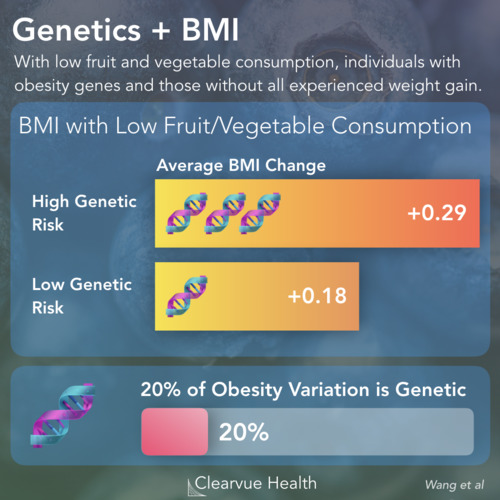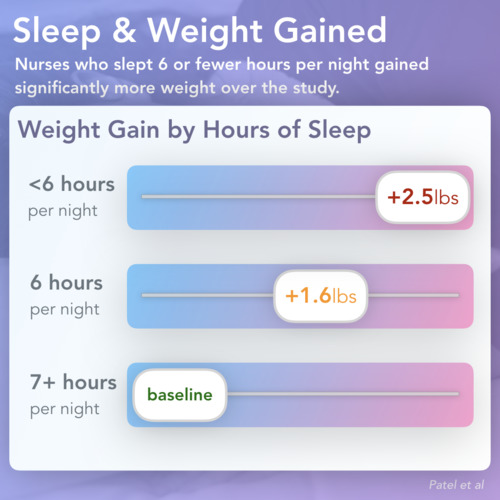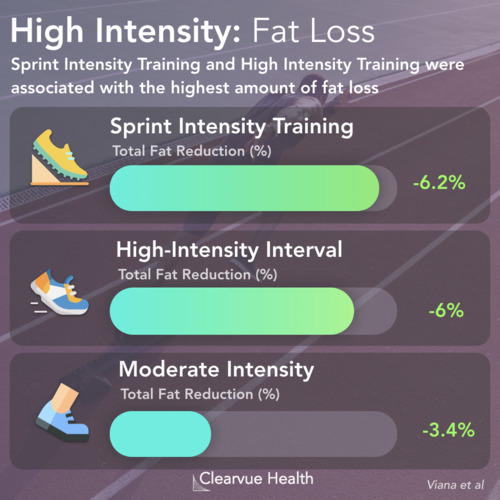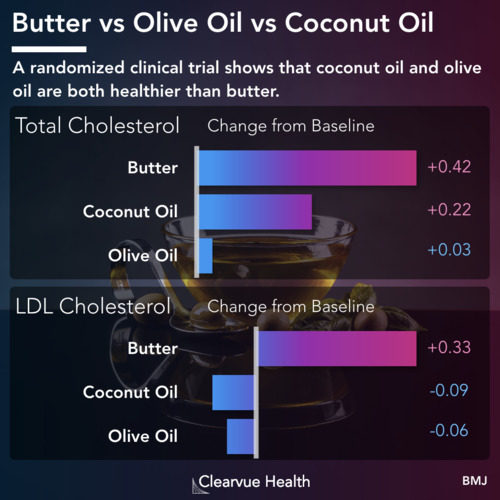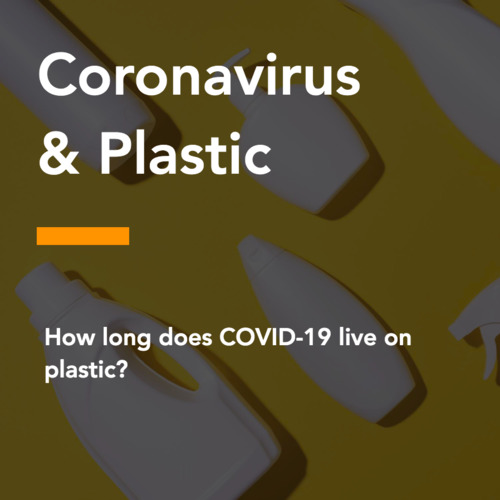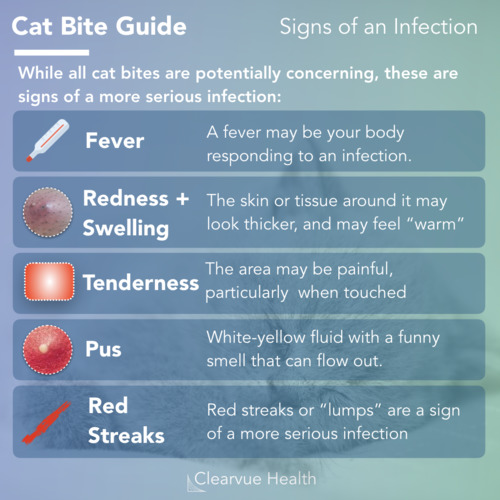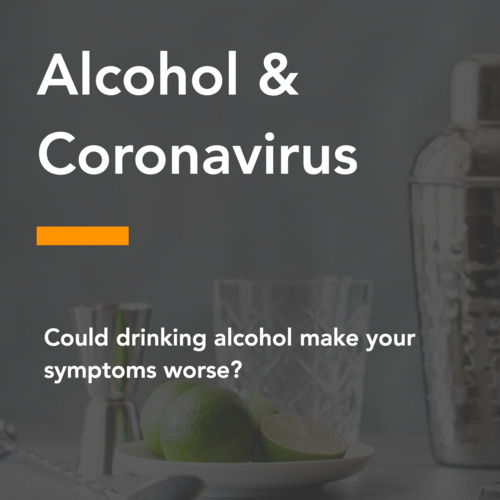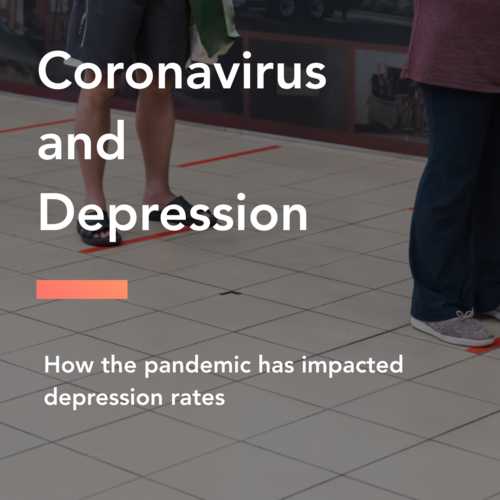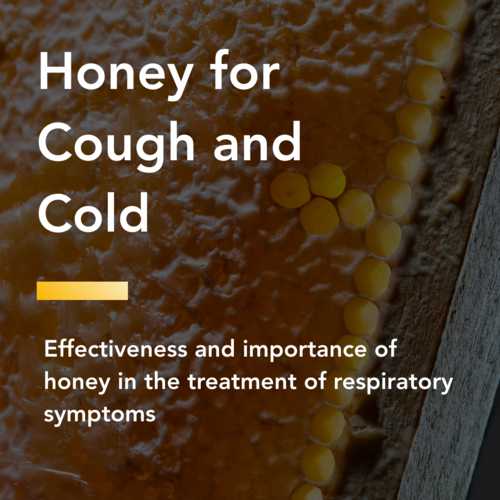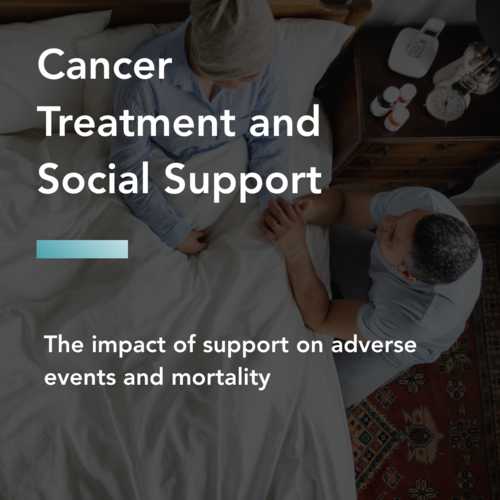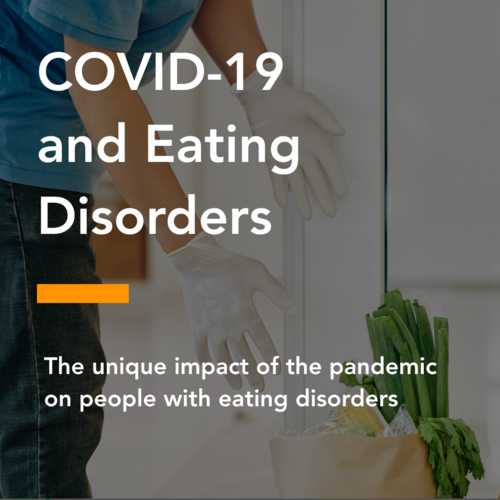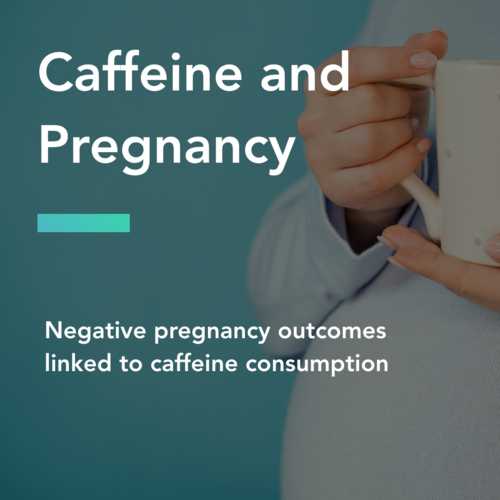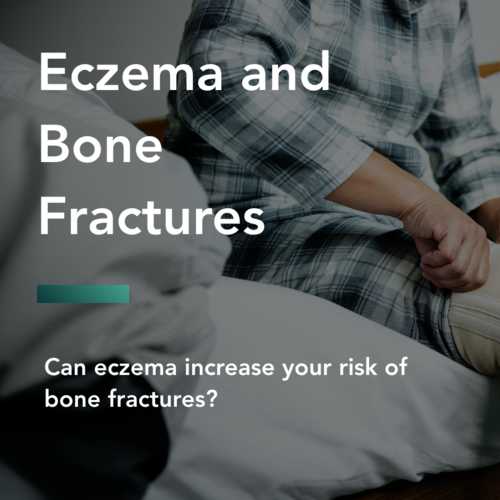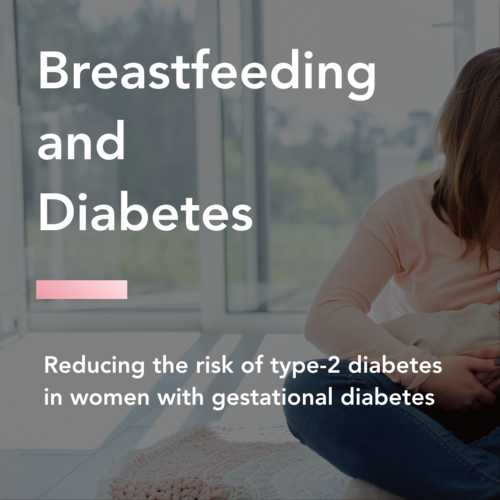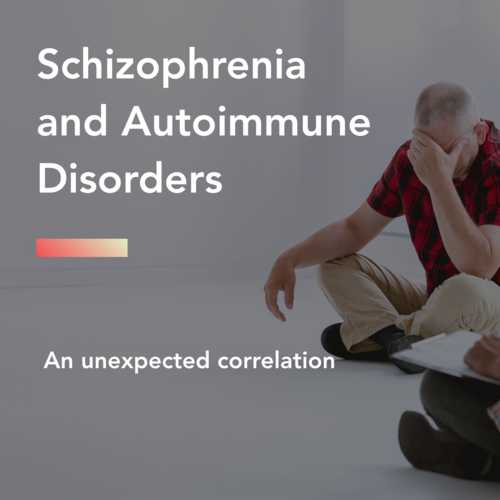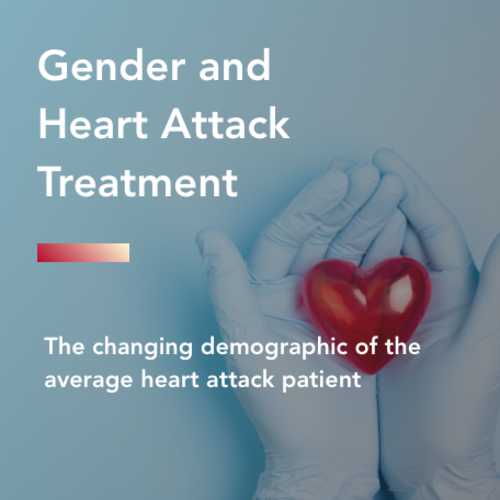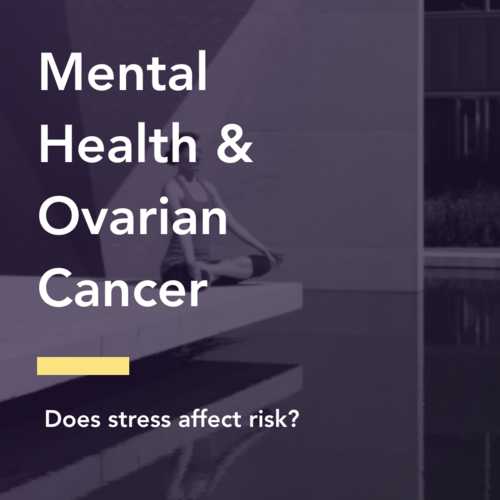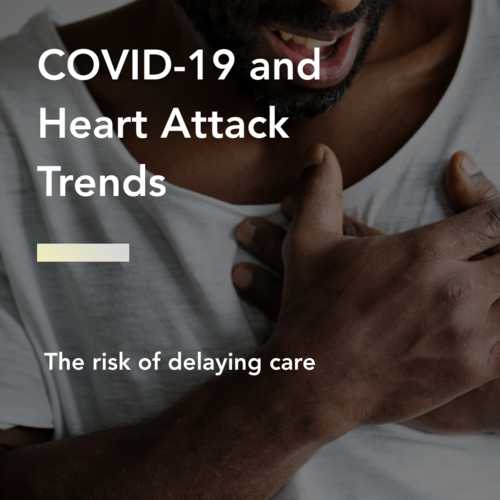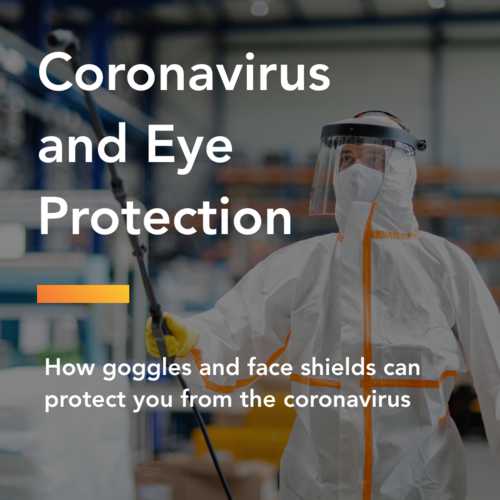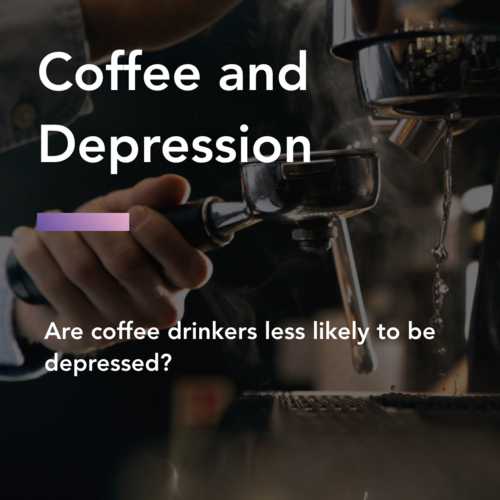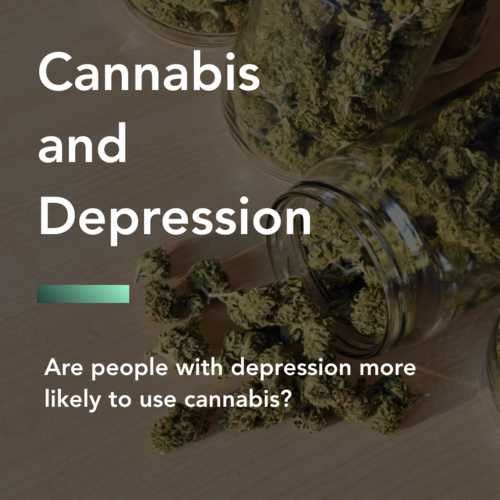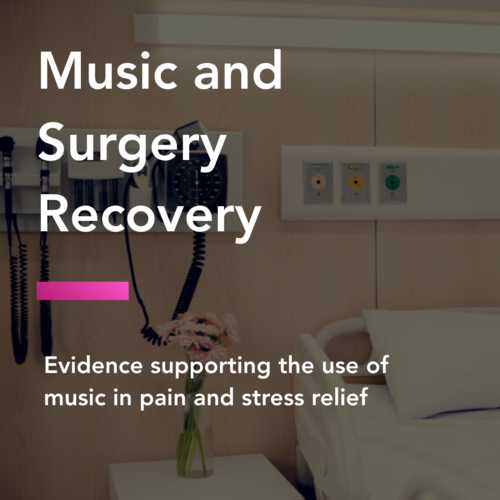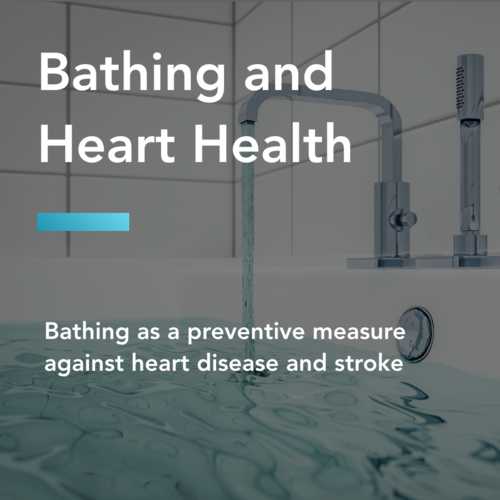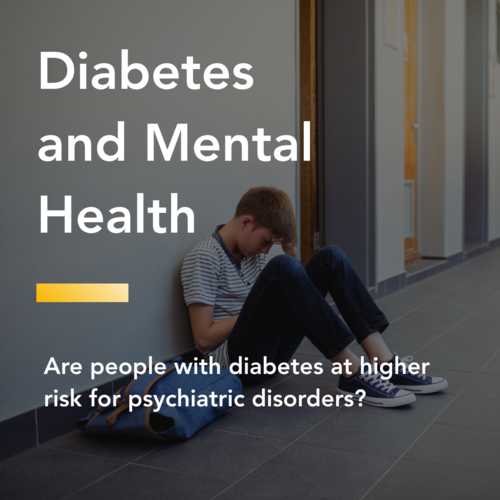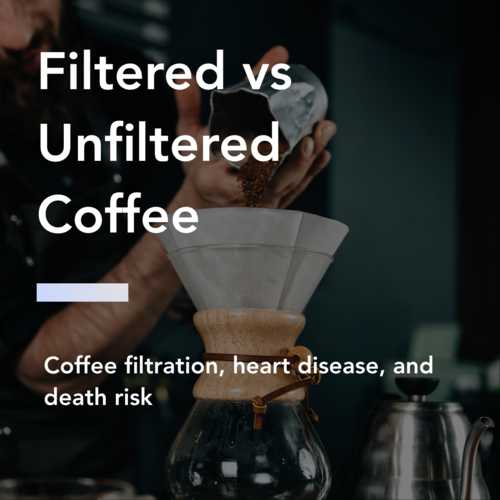Sleeping with the lights on & obesity
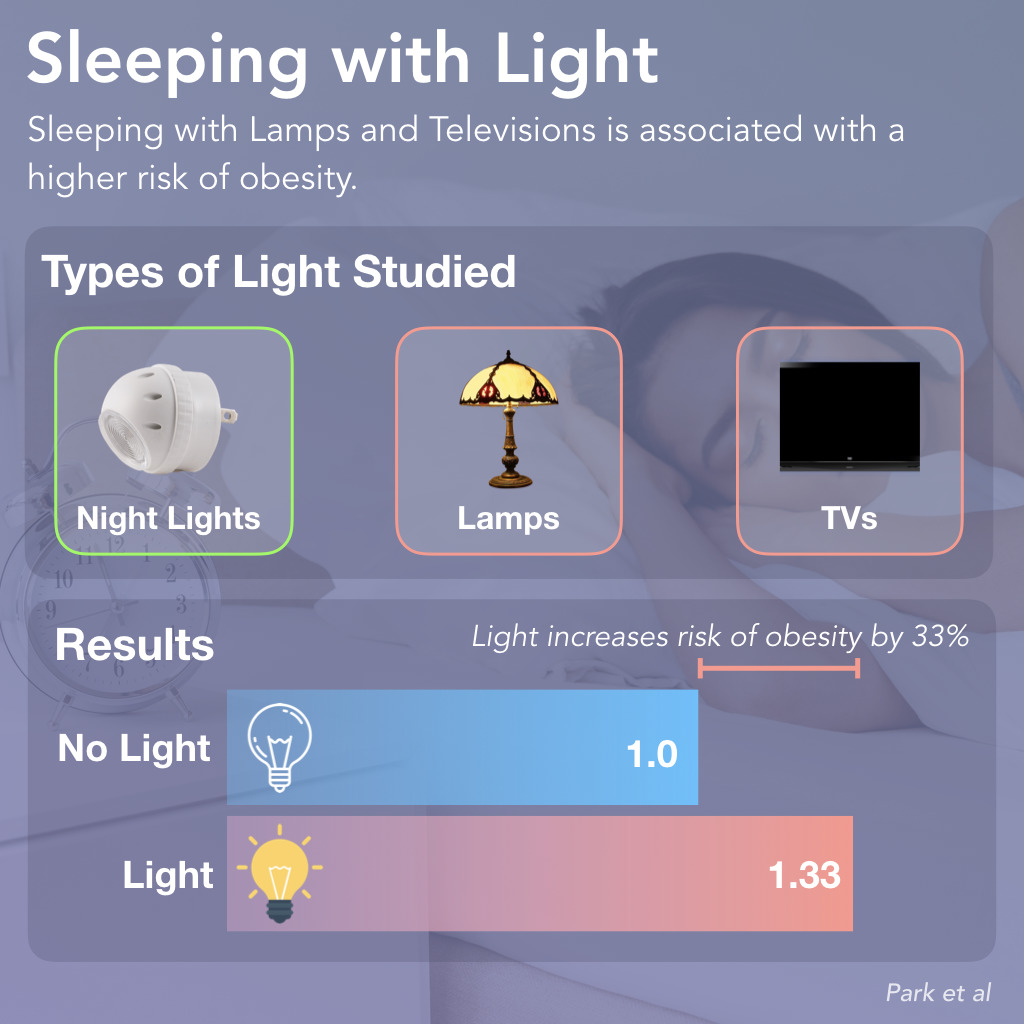
Figure 1: Sleeping with the lights on & obesity. Sleeping with Lamps and Televisions is associated with a higher risk of obesity. Volunteers who slept with a lamp on or a television on in their bedroom had a 33% higher risk of developing obesity. Sleeping with night lights on is generally fine.
Researchers have found a surprising new link between the amount of light in your room at night and weight.
Sleeping in a room with a lot of lights around may be a risk factor for gaining weight.
Researchers looked at three types of light. In general, small night lights in the room were not associated with significant risks.
Participants who slept with a light or a television in the room had a 33% higher chance of developing obesity over the course of the study.
Types of light at night & obesity risk
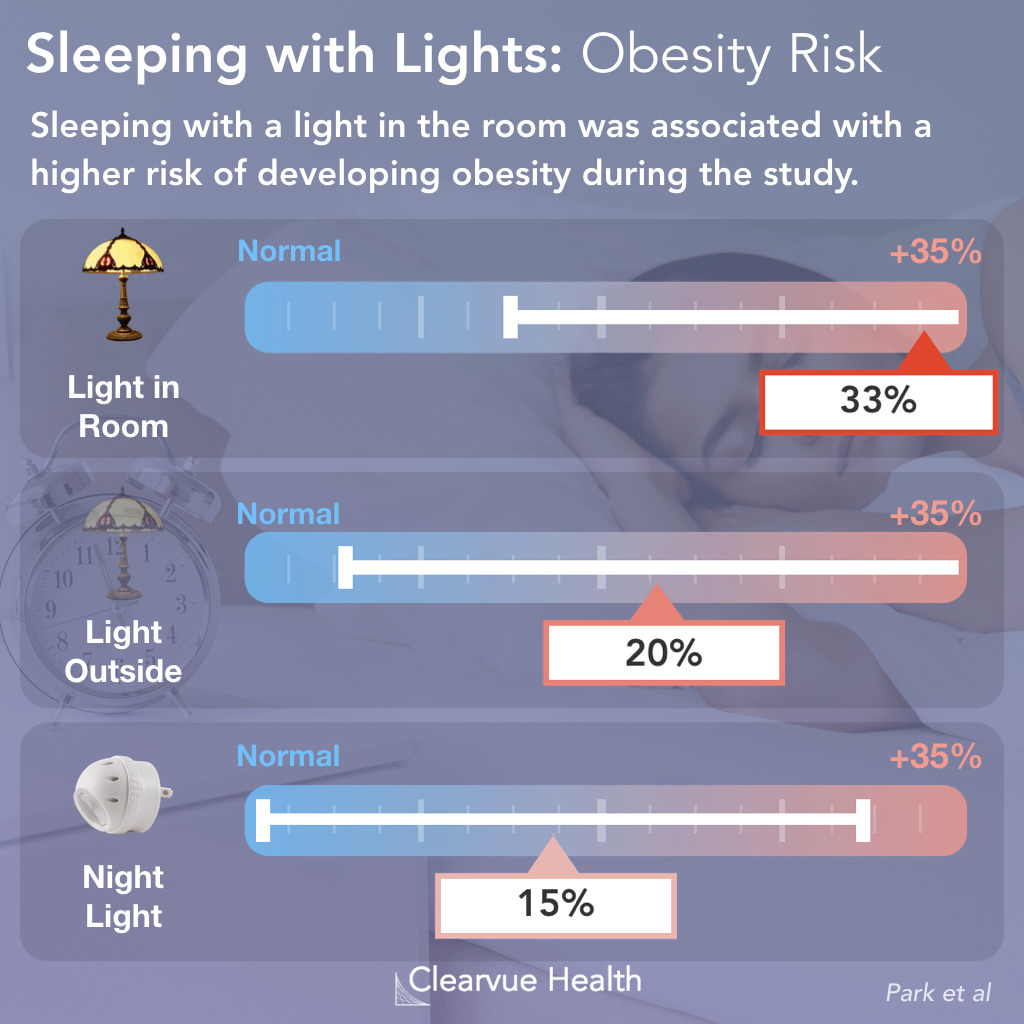
Figure 2: Types of light at night & obesity risk. Sleeping with a light in the room was associated with a higher risk of developing obesity during the study. Sleeping with a light outside the room was associated with a 20% higher risk of developing obesity. Sleeping with a night light on was associated with a 15% higher risk of developing obesity.
Those with a light on outside the room had a 20% chance of developing obesity. While the margins of error were large as indicated by the white bars above, the increase in risk was significant for all three categories.
Sleeping with Lights: Waist Width
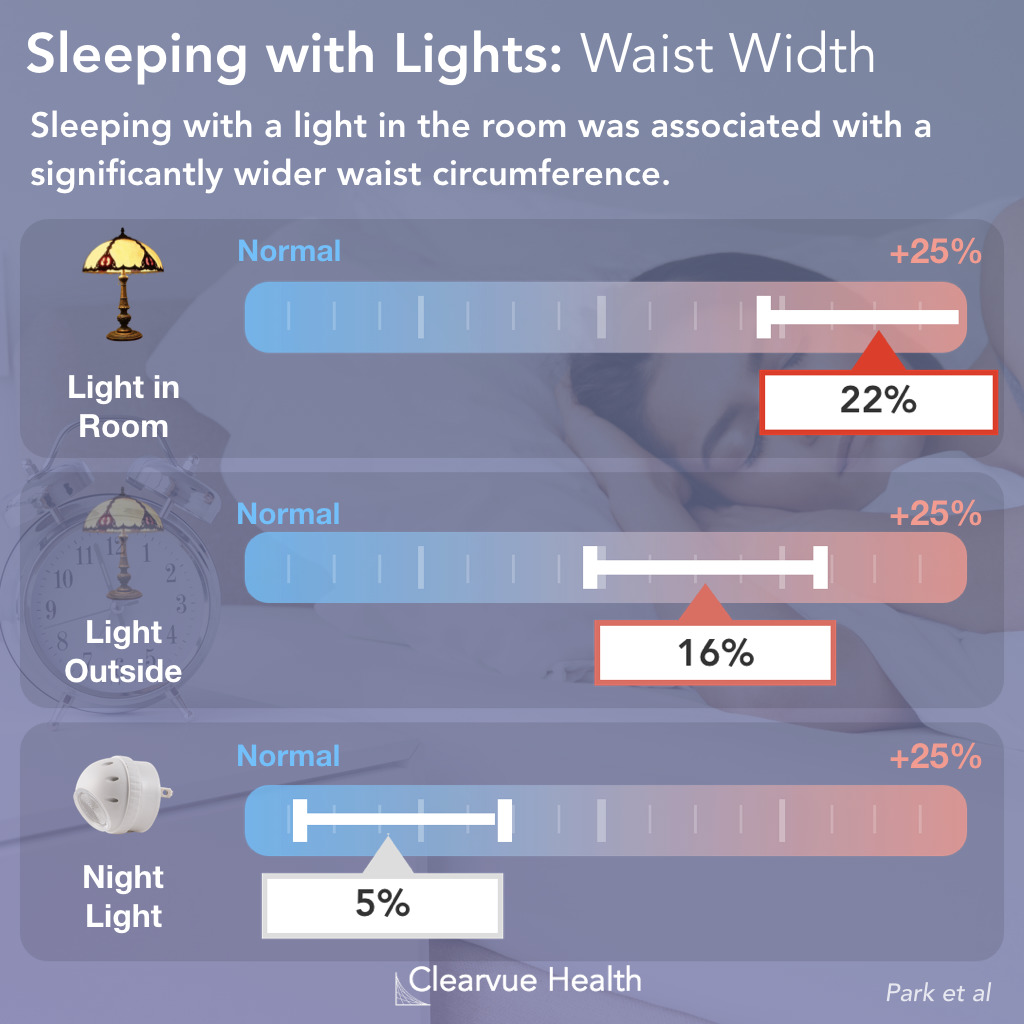
Figure 3: Sleeping with lights on increases waist circumference. Sleeping with a light in the room was associated with a 22% wider waist circumference. Sleeping with a light on outside the room was associated with a 16% wider waist circumference. Sleeping with a night light on was not associated with a statistically significant increase in waist circumference.
The clearest effects were seen in waist circumference. Waist circumference is one of the best indicators of cardiovascular health.
Participants who slept with a light or a television in the room had a 22% wider waist circumference than those who did not. Those who slept with a light outside the room, such as a hallway light peeking through the door, had a 16% wider waist circumference.
BMI is an imperfect measure. Olympic athletes with nearly no fat on their bodies can be overweight in terms of BMI as muscle weighs more than fat. Meanwhile, research has shown that even normal-weight men and women can be at a higher risk of weight-related diseases if they have a significant amount of abdominal fat. BMI remains an important metric for health as it is easily trackable and comparable despite its shortcomings. However, it needs to be evaluated in the context of body composition.
Sleeping with Lights: Weight Gain
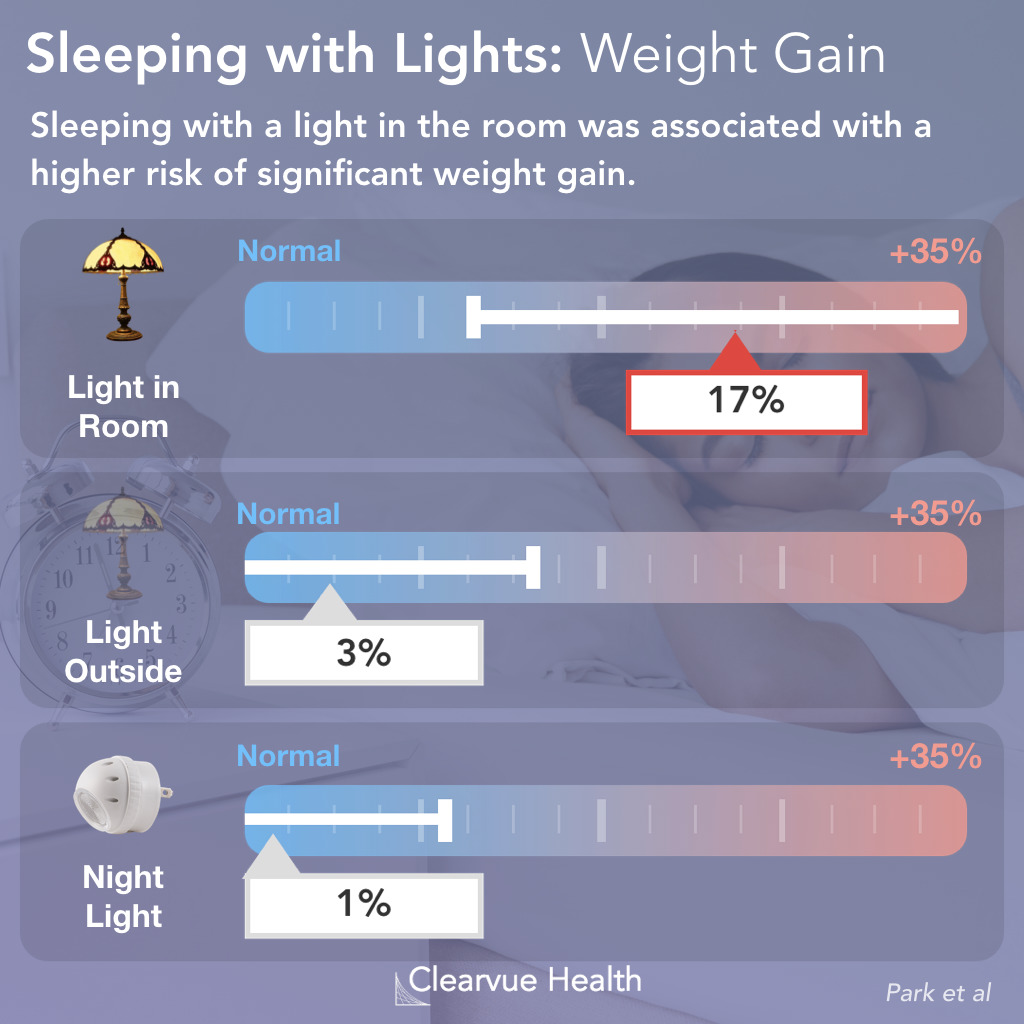
Figure 4: Sleeping with lights on increases weight gain risk. Sleeping with a light in the room was associated with a 17% higher risk of significant weight gain, as defined by gaining 11 pounds or more over the course of the study. Lights outside the room and small night lights were not associated with significant increases in risk.
In terms of weight gain, only volunteers with a television in the room or a light on in the room had a significant risk of weight gain after multivariable adjustment.
Mechanism
The mechanism behind this surprising finding is still relatively unclear. While sleep is linked to weight loss, these relationships remained even after adjusting for sleep.
One possible mechanism that the researchers brought up was is the potential effect of lights on our hormonal rhythms.
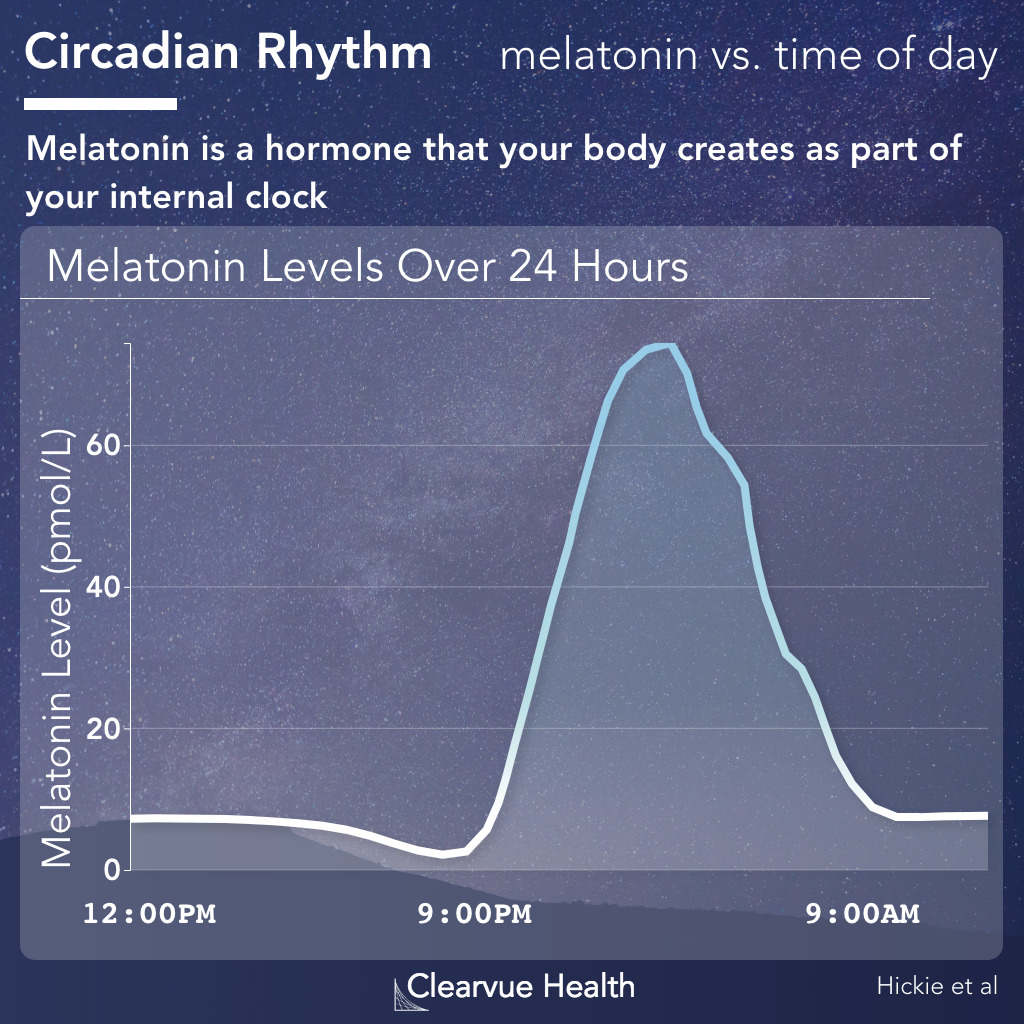
Our sleep cycles are driven by hormones that respond to light. Having the lights on during sleep may disrupt these hormonal cycles, causing us to eat differently and use energy differently. One hormone that may be particularly affected is cortisol, which affects how fat is deposited in the body.
All of these are just theories at this point, we will need further research on this topic to confirm this link.
Additionally, we will need more research to confirm whether turning off lights at night can reduce obesity.
Keys to Health
As with all such studies, correlation does not confirm causation.
However, given the significant results seen, the data does look convincing.
Before knowing for sure, scientists will need to do more research on this topic. If you are concerned about this, it certainly doesn’t hurt to turn off the lights at night. Light gets in the way of good sleep, and good sleep is important for good health.
Limitations of Self-Reported Data
Much of the data here is self-reported, which has several limitations and sources of bias. Self-reported data, which is obtained through surveys and questionnaires, is the most feasible way of collecting data from large subsets of the population. However, the data may suffer from recall bias, where respondents may forget certain details or may not accurately remember details. They may also suffer from social desirability bias, where respondents may be reluctant to admit to socially undesirable behaviors, even if the survey is anonymous.
+
+
Sample Size - This study used a very large sample size which increases the validity of the results.
+
Variable Adjustment - The study adjusted for age, race, home location, education, income, number of family members in the household, marital status, smoking status, drinking, caffeine consumption, and perceived stress among other factors.
+
Strength of Findings - This study found significant and clinically relevant effects.
-
Data Collection - The study used surveys to collect data. This method carries a significant risk of bias.
-
Potential for Bias - This study has a significant risk of bias. While the study adjusted for many variables, it is still quite possible that the volunteers who slept with lights on in the room had other confounding variables that drove the effect size we see in the study.
National Sleep Foundation
Too much light, right before bedtime may prevent you from getting a good night’s sleep. In fact, one study recently found that exposure to unnatural light cycles may have real consequences for our health including increased risk for depression. Regulating exposure to light is an effective way to keep circadian rhythms in check.
Popular Science
We have an increasing array of LED lights from sources like chargers and displays in our bedrooms, but none throw off quite as much light as the TV. And while the research about the specific effects of blue light exposure before—or even during sleep—are still up in the air, your body can still perceive light even with your eyes closed and that can disturb your brain.
Clearvue Health is not affiliated with above organizations. The information above is provided to highlight and link to useful further reading.





